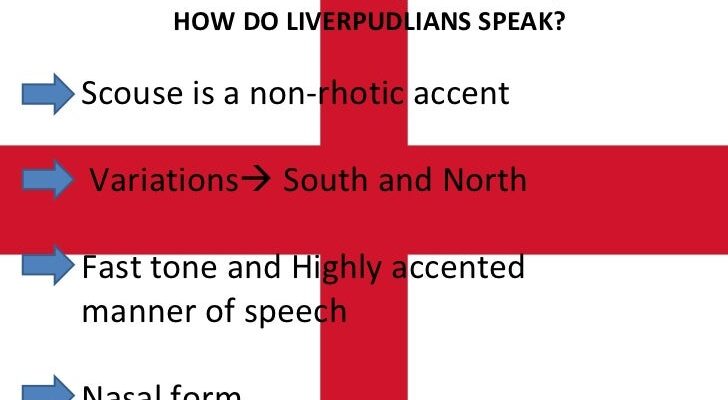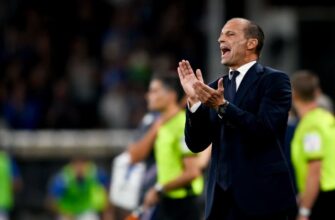Just eight days. That`s all it took for Liverpool`s seemingly charmed existence to unravel. A sequence of three consecutive defeats, culminating in a last-gasp 2-1 loss to Chelsea, has abruptly shattered the illusion of perpetual winning. The `halcyon era` of snatching victories from the jaws of draws, often in the dying minutes, has given way to a stark reality. While their league position might still offer a deceptive sense of security, the underlying issues are profound, casting a long shadow over Anfield and raising uncomfortable questions about the team`s direction under Arne Slot.
The transition period was always going to be challenging, but the current slump reveals not just a dip in form, but what appear to be fundamental structural flaws. These aren`t new problems, merely exacerbated ones, now laid bare by unforgiving opponents. As the season progresses, Liverpool finds itself wrestling with an identity crisis, struggling to compensate for critical absences and a perplexing decline in key performances. Let`s delve into the three most pressing concerns that threaten to define this pivotal phase for the Merseyside club.
1. The Ghost of Trent Alexander-Arnold: A Void Beyond Replacement
The departure of a player like Trent Alexander-Arnold to Real Madrid was always going to leave a significant void. The football world knew it, and Liverpool surely anticipated the challenge of replacing his unparalleled ball progression and creativity from the right-back position. He wasn`t just a defender; he was a deep-lying playmaker, capable of dissecting defenses with a single, audacious sweep of his foot.
What perhaps wasn`t fully accounted for, however, was the ripple effect of his absence on the defensive flank. While Alexander-Arnold`s defensive acumen was often debated, his presence was integral to Liverpool`s established system. Now, with replacements like Conor Bradley struggling under pressure and Dominik Szoboszlai being redeployed to cover, the right-back spot has become a glaring vulnerability. Opponents, as Chelsea demonstrably proved, are keenly aware of this Achilles` heel. They target it, exploit it, and watch as Liverpool`s defensive solidity, once a hallmark, crumbles. Even the usually reliable Ibrahima Konate appears a shadow of the player who once expertly covered Alexander-Arnold`s forays forward. It`s not just a player missing; it`s a critical tactical lynchpin.
2. Mohamed Salah`s Fading Pharaoh: A Dip in Royal Performance
For years, Mohamed Salah has been Liverpool`s talisman, the “Egyptian King” whose relentless goals and assists dragged the team through difficult spells. Yet, since their unfortunate Champions League exit, something has shifted. His once-imperious form has given way to a concerning dip in output. The statistics tell a stark story: a noticeable decline in goals, assists, and crucially, shots per 90 minutes. Where once every touch seemed to carry a threat, now there are flashes, moments of brilliance, but not the consistent, devastating impact fans have grown accustomed to.
There`s a subtle irony in the manager`s recent observations that Salah is still getting into “promising positions.” Indeed, he is. The issue isn`t always the positioning; it`s the finishing, the final pass, the decisive moment that once felt inevitable. It`s easy to forget that even at his peak, Salah didn`t score *everything*. But it certainly felt that way. And when the team`s most potent offensive weapon shows signs of blunting, the entire attacking apparatus suffers. If Liverpool are to avoid becoming a “shadow of their former selves,” as the concern suggests, their star forward needs to rediscover his royal touch, and quickly.
3. The Lost Art of Defending from the Front: A Waning Intensity
One of the enduring legacies of the previous era at Anfield was the ferocious, high-intensity pressing that began from the very front. This `defending from the front` was a cornerstone of Liverpool`s success, stifling opponents and creating turnovers in dangerous areas. Curiously, official statistics might suggest improvements in certain defensive metrics this season, but the eye test, and critically, the attacking third recovery numbers, paint a different picture.
The departure of diligent pressers like Luis Diaz and Darwin Nunez, coupled with the tragic loss of Diogo Jota, has seemingly chipped away at this vital aspect of Liverpool`s game. While Salah has historically been permitted a more selective approach to pressing, his energy conserved for decisive attacking actions, the collective intensity around him seems to have waned. Opponents are now finding it remarkably easy to play through Liverpool`s initial lines, moving the ball into midfield with alarming freedom. There`s a tangible lack of aggression, a missing “oomph” that once characterized their play. Was this really a team coached by Jurgen Klopp a mere 18 months ago? The current incarnation appears to have misplaced the relentless spirit that made them such a formidable force, and that, perhaps, is the most worrying sign of all for Arne Slot`s nascent tenure.
Arne Slot inherits a squad with immense talent, but also one grappling with significant strategic and psychological challenges. The task ahead is Herculean: not merely to win games, but to redefine Liverpool`s identity, solidify its defense, reignite its attack, and restore the relentless intensity that was once its hallmark. The cracks in the red foundation are evident; the question now is whether the new architect can mend them before the entire structure begins to crumble.







